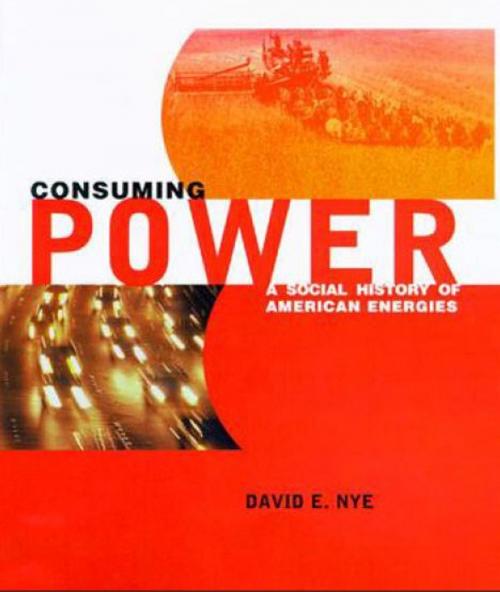Consuming Power
A Social History of American Energies
Nonfiction, Science & Nature, Technology, Social Aspects, Science, Other Sciences, Philosophy & Social Aspects| Author: | David E. Nye | ISBN: | 9780262261029 |
| Publisher: | The MIT Press | Publication: | February 18, 1999 |
| Imprint: | The MIT Press | Language: | English |
| Author: | David E. Nye |
| ISBN: | 9780262261029 |
| Publisher: | The MIT Press |
| Publication: | February 18, 1999 |
| Imprint: | The MIT Press |
| Language: | English |
Nye uses energy as a touchstone to examine the lives of ordinary people engaged in normal activities.
How did the United States become the world's largest consumer of energy? David Nye shows that this is less a question about the development of technology than it is a question about the development of culture. In Consuming Power, Nye uses energy as a touchstone to examine the lives of ordinary people engaged in normal activities. He looks at how these activities changed as new energy systems were constructed, from colonial times to recent years. He also shows how, as Americans incorporated new machines and processes into their lives, they became ensnared in power systems that were not easily changed: they made choices about the conduct of their lives, and those choices accumulated to produce a consuming culture. Nye examines a sequence of large systems that acquired and then lost technological momentum over the course of American history, including water power, steam power, electricity, the internal-combustion engine, atomic power, and computerization. He shows how each system became part of a larger set of social constructions through its links to the home, the factory, and the city. The result is a social history of America as seen through the lens of energy consumption.
Nye uses energy as a touchstone to examine the lives of ordinary people engaged in normal activities.
How did the United States become the world's largest consumer of energy? David Nye shows that this is less a question about the development of technology than it is a question about the development of culture. In Consuming Power, Nye uses energy as a touchstone to examine the lives of ordinary people engaged in normal activities. He looks at how these activities changed as new energy systems were constructed, from colonial times to recent years. He also shows how, as Americans incorporated new machines and processes into their lives, they became ensnared in power systems that were not easily changed: they made choices about the conduct of their lives, and those choices accumulated to produce a consuming culture. Nye examines a sequence of large systems that acquired and then lost technological momentum over the course of American history, including water power, steam power, electricity, the internal-combustion engine, atomic power, and computerization. He shows how each system became part of a larger set of social constructions through its links to the home, the factory, and the city. The result is a social history of America as seen through the lens of energy consumption.















